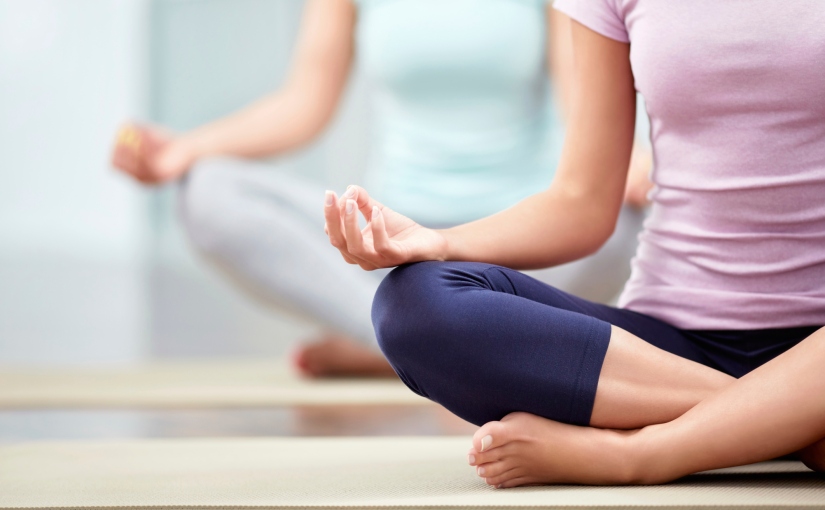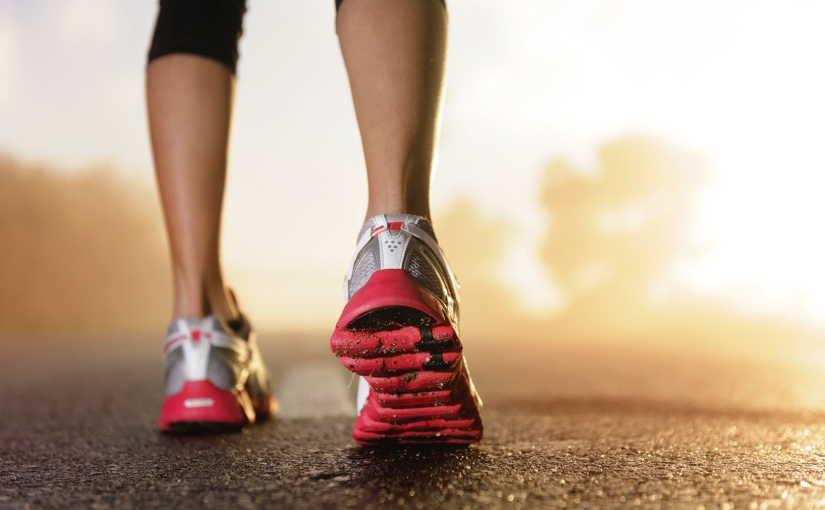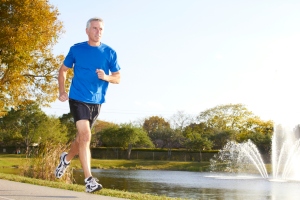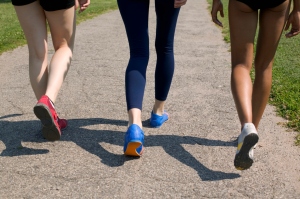People who do equivalent amounts of running and walking have the same degree of benefit in terms of blood pressure, cholesterol, diabetes, and heart disease.
The Study: When the 33,000 participants in the National Runners’ Health Study were compared to the 15,000 participants in the National Walkers’ Health Study, the runners appeared to have much better heart health than the walkers. Their risk of hypertension, high cholesterol, and diabetes was reduced by 38, 36, and 71 percent, respectively, regardless of how much running they reported doing. So running is not only sweatier, it’s also healthier, right?
Researchers took the data from the walkers’ and runners’ health study, and controlled for how much energy the exercisers were expending. By looking at it this way, they were attempting to compare the inherent benefits of each form of exercise. The participants, who ranged in age from 18 to 80, all reported their height, weight, diet, and the miles per week they spent walking or running. They were followed for about 6 years, during which time the researchers tracked all health problems.
Results:Regardless of whether exercise was vigorous (running) or not (walking), as long as participants used the same amount of energy, they saw more or less equivalent health benefits. Runners saw a reduced risk of hypertension, high cholesterol, diabetes, and coronary artery disease by 4.2, 4.3, 12.1, and 4.5 percent, respectively. The walkers’ risk reduction for each condition was 7.2, 7, 12.3, and 9.3 percent — amounts that didn’t differ significantly from the runners’ results. The more energy walkers and runners used, the more their cardiovascular health improved.
What Does This Mean? The key to improved cardiovascular health, according to this study, is calorie expenditure, regardless of how it’s expended. Runners aren’t healthier by virtue of being runners — they’re just more efficient in their exercising. If you prefer walking, you can be just as well off, health-wise. “Assuming a slow jogging speed of a 12 minute mile, compared to a walking speed of 17 minute miles, you would need to walk about 50 percent further to expend the same energy as running,” lead author Paul Williams explains. In terms of time, “you would need to walk for about twice as long.”
I’m Dr. Michael Hunter. Of course, the disclaimer: Do not begin an exercise program without input from an appropriate medical professional. Many can simply start with a brisk walk for 30 minutes daily, 5 days per week. Have a wonderful day!
References:
- https://www.theatlantic.com/health/archive/2013/04/study-walking-can-be-as-good-as-running/274738/?utm_source=atlfb
- “Walking Versus Running for Hypertension, Cholesterol, and Diabetes Mellitus Risk Reduction” is published in Arteriosclerosis, Thrombosis, and Vascular Biology.





